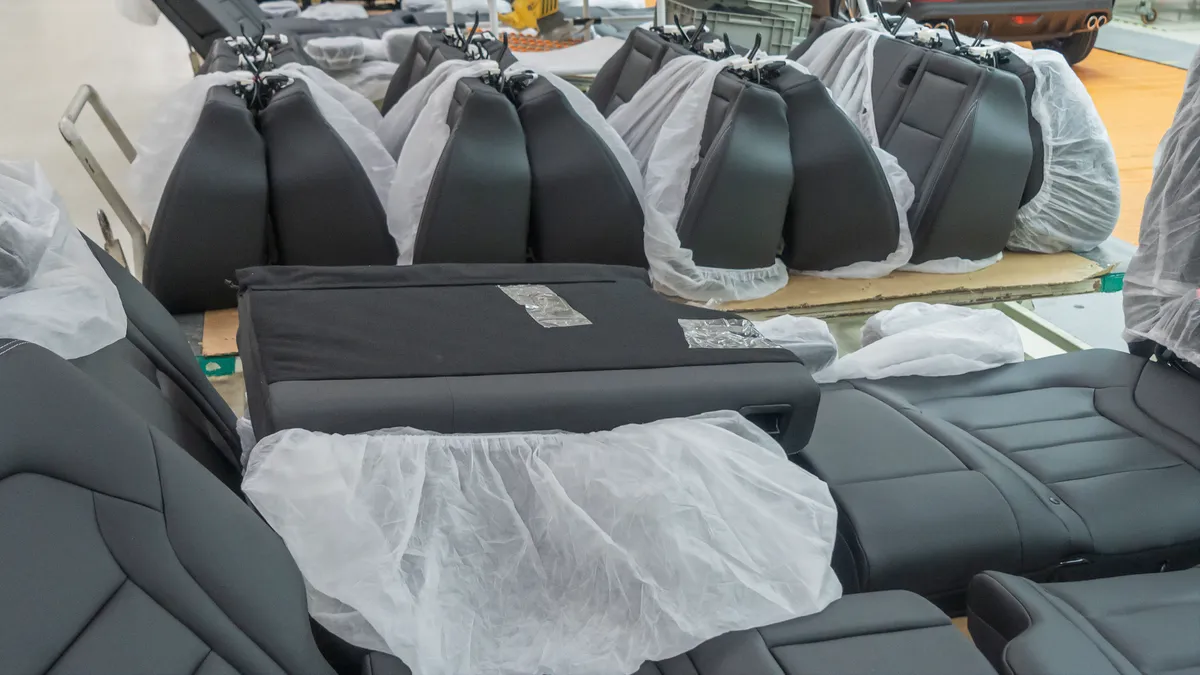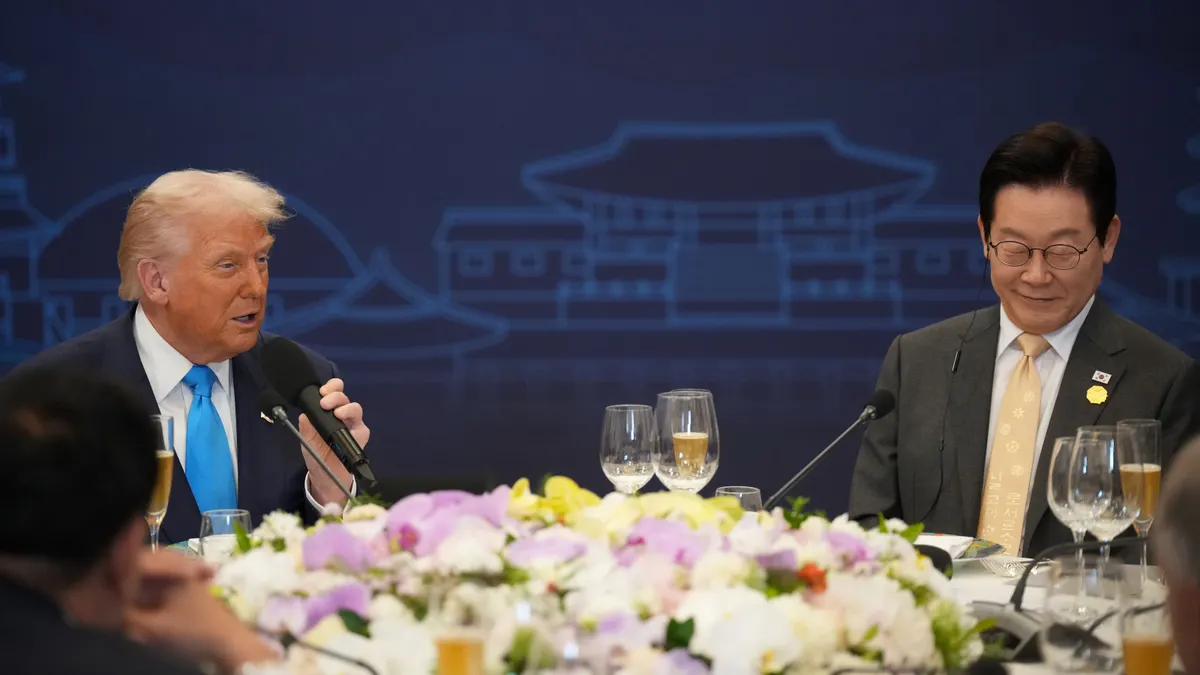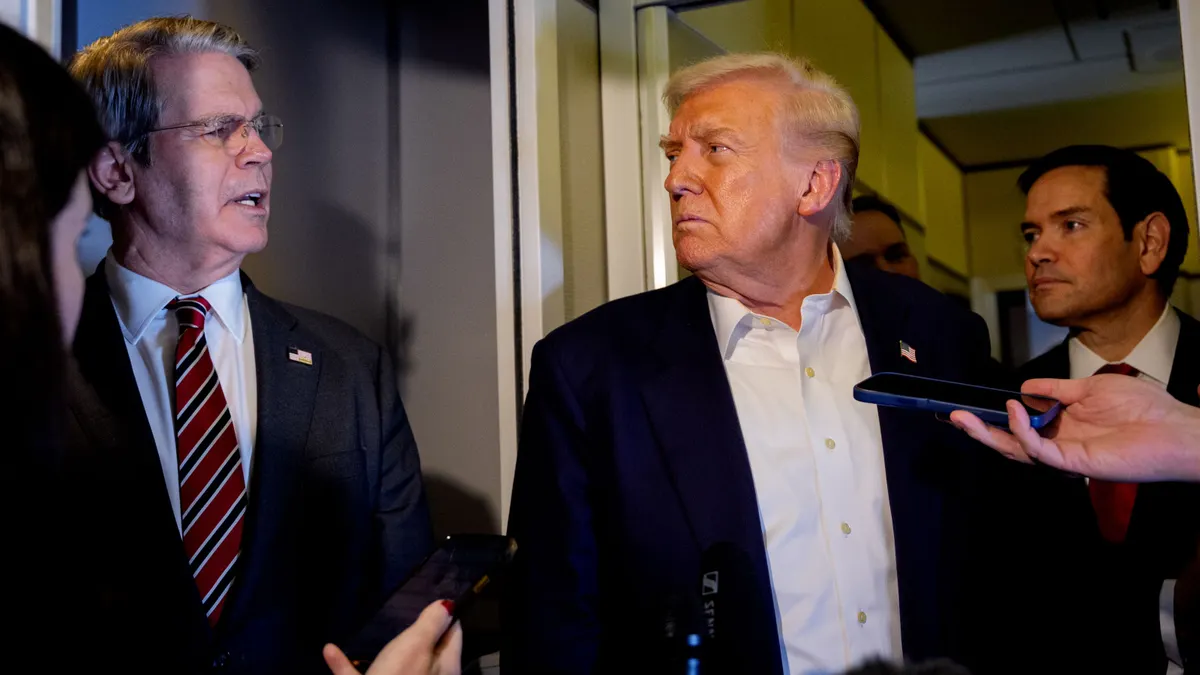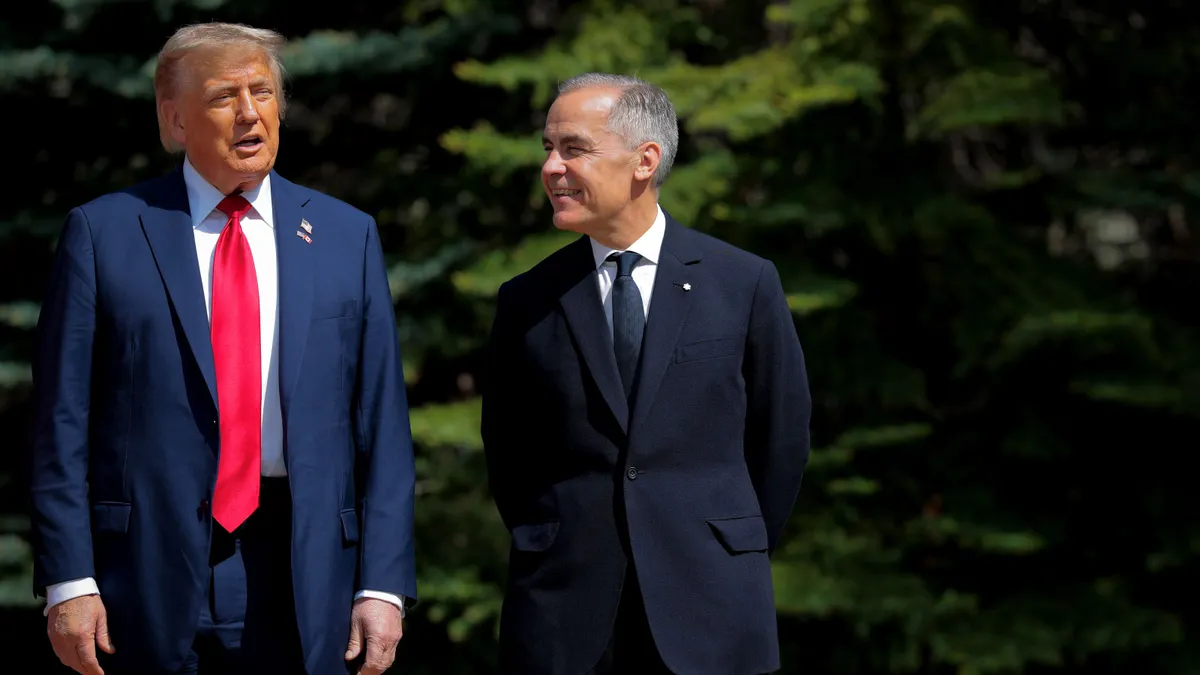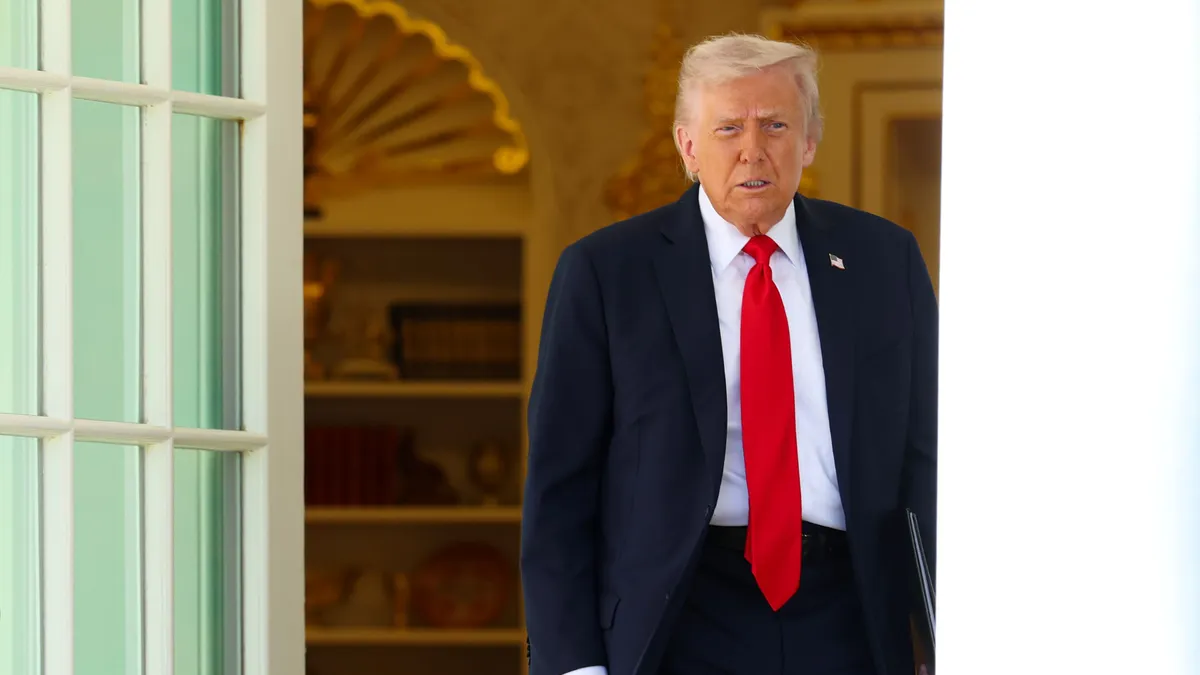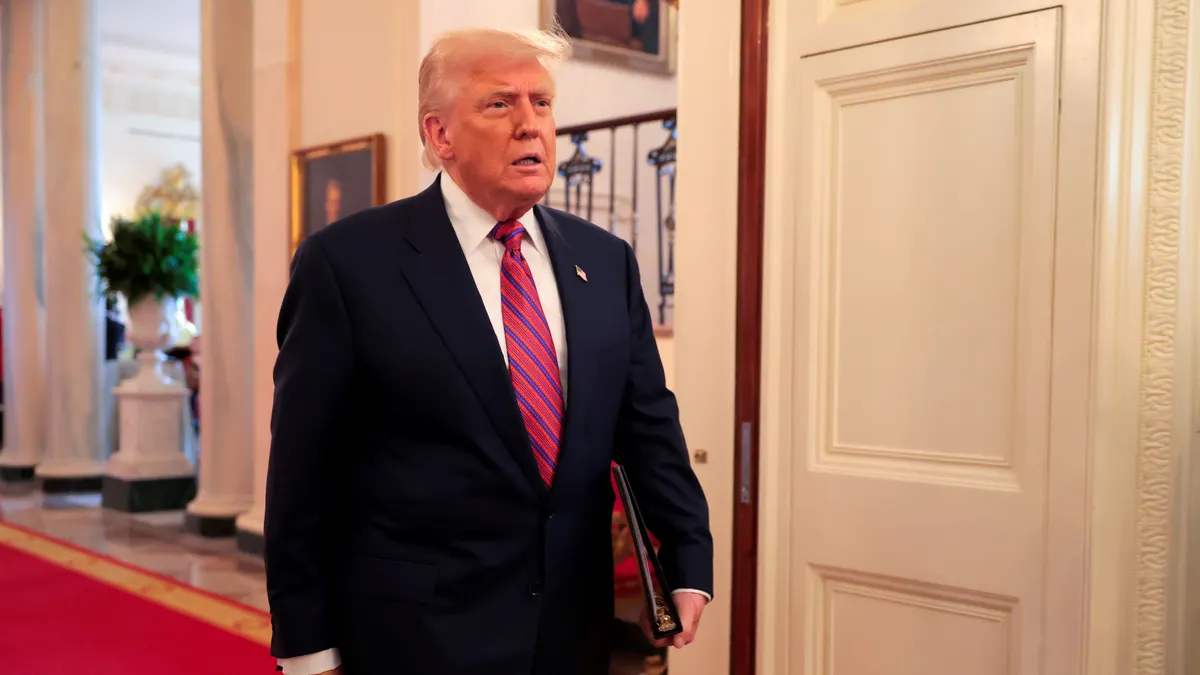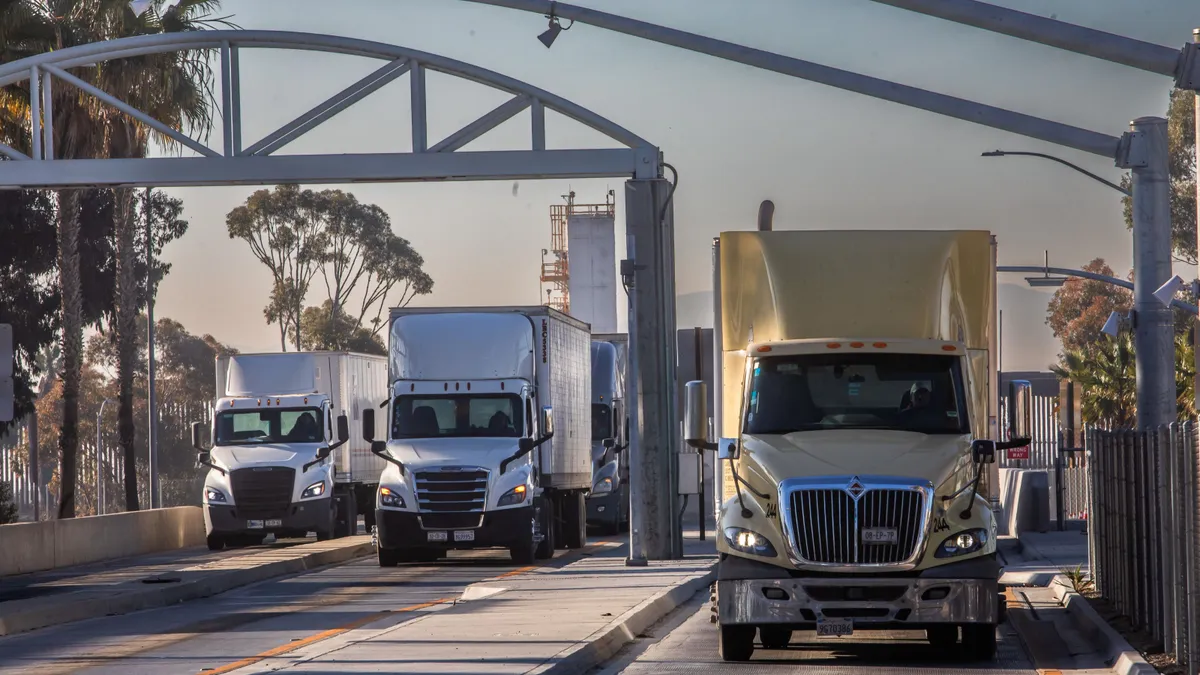Automotive suppliers must plan for multiple scenarios as President-elect Donald Trump takes office with plans to implement tariffs against Canada and Mexico that will affect their supply chains, experts say.
“Nothing would have more impact than tariffs on Canada and Mexico,” said Elaine Buckberg, senior fellow at Harvard University’s Salata Institute for Climate and Sustainability, former chief economist at General Motors and a former senior U.S. Treasury official.
Trump’s tariff proposals could upend automotive supply chains because parts and materials imported from foreign producers are often used in vehicles assembled in the U.S., Canada or Mexico, with many components crossing international borders multiple times. Mexico produced an estimated 16.1% of vehicles sold in the U.S. in 2024, while Canada produced approximately 7.3%, according to Wards Intelligence and GlobalData data. Mexico also accounted for nearly 42% of U.S. auto parts imports from January to September 2024, while Canada accounted for about 10%, according to U.S. International Trade Administration data.
“In addition to a proposed 25% tariff generally on all imports from Canada and Mexico, President-elect Trump has suggested that he will invoke the six-year renegotiation provision of the U.S.-Mexico-Canada Agreement to make changes to that agreement, specifically targeting the automotive provisions for review,” Katie Hilferty and Casey Weaver, two trade attorneys at law firm Morgan Lewis, said in an email to Automotive Dive. “Depending on how these proposals are realized, supply chains in Canada and Mexico could become significantly more expensive under increased tariffs and thus less desirable for U.S. automakers and U.S. based assembly plants.”
Trump’s transition team is also considering surgical tariffs aimed at electric vehicle battery supply chains, according to documents reviewed by Reuters in December.
Scenario planning for tariff changes
Suppliers must analyze their supply chains and develop company-specific plans to deal with a wide range of potential tariffs because they will affect every business differently, experts say.
While suppliers may be able to stockpile some materials and components before new tariffs take effect, it’s too risky in many instances, said Dan Hearsch, Americas leader of automotive & industrial at consulting firm AlixPartners.
Fortunately, vehicle manufacturers have strong incentives to help their suppliers navigate tariff changes due to the auto industry's closely integrated nature. In addition, many supplier contracts include provisions that protect them if something beyond their control, such as a new tax, occurs after the agreement takes effect, Hearsch said.
“By and large, the suppliers that are affected will be able to pass those costs on to the OEM,” Hearsch said. “OEMs will be incentivized to figure out how to mitigate those costs, either by helping suppliers move production, or, frankly, lobbying, to delay the actual implementation of the tariffs or get an exemption.”
Still, there are some measures suppliers can take independently to safeguard their businesses from new tariffs against Canada and Mexico.
Suppliers should confirm their products have the correct country of origin and classification on the Harmonized Tariff Schedule of the United States because those are the two primary considerations for determining whether a specific tariff applies, Hilferty and Weaver said.
Tariff engineering can also help suppliers lower the duties paid on their goods.
“Importers can explore reclassifying goods if the article’s composition or functionality align with different HTSUS codes, or assess whether changing the product’s materials or functions may accordingly change the classification to one with a lower tariff rate,” Hilferty and Weaver said.
Shifting production to countries with a free trade agreement or favorable trade relations with the U.S. can also reduce the risk of high tariffs, Hilferty and Weaver said. However, that’s easier said than done.
“The immediate effect would be simply to raise prices because you can't move stuff quickly,” Buckberg said, noting that one supplier said privately it would take at least 18 months for a new U.S. plant to start producing.
It’s easier and less expensive to shift production for new models and parts, which could allow suppliers to lower their tariff burden over time following the initial disruption, Hearsch said.
Tariff exclusions can also help reduce the burden on suppliers.
“Automotive suppliers that import goods into the U.S. for use in manufacturing operations and then subsequently export those finished vehicles may also want to consider use of a foreign trade zone (FTZ) to potentially avoid the imposition of duties on vehicles that are later exported,” Hilferty and Weaver said. “Once tariffs are imposed, suppliers should assess the opportunity to take advantage of general exclusions or apply for specific exclusions.”
Engaging on policy
Suppliers should also engage in the public policy process because it’s upstream of the potential disruptions caused by tariff changes, said Everett Eissenstat, a trade attorney at the law firm of Squire Patton Boggs, former SVP of global public policy at GM, and a senior economic official during the first Trump administration.
“There's a lot of wishful thinking that this is not going to happen,” Eissenstat said. “If you don't have relationships with policymakers, it's probably time to start developing those … you need to have people who are knowledgeable about your company, what it does and the impacts on the U.S. economy.”
Despite their unpopularity, the Biden administration did not unwind Trump’s 2018 tariffs, which suggests the next round of tariffs could stick around for a while, Hearsch said.
“Don't expect that it's going to be a blip and that these things will go away,” Hearsch said.



